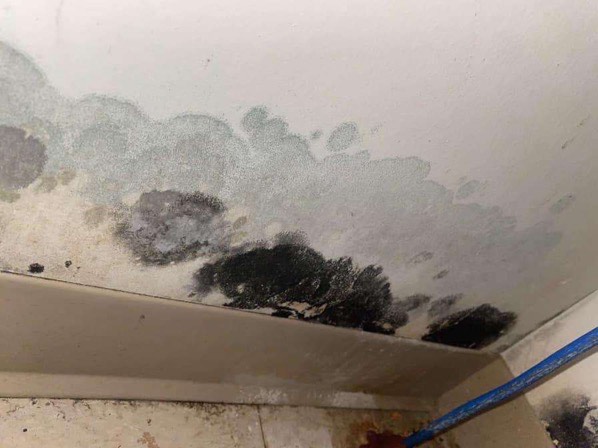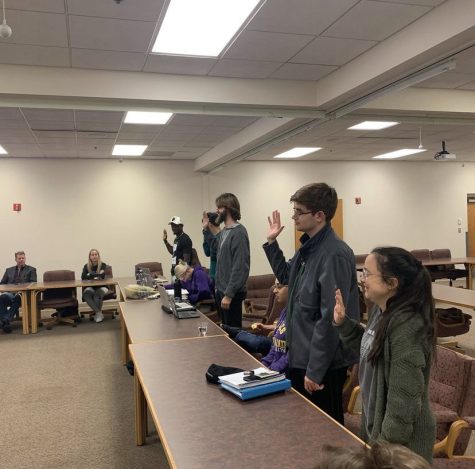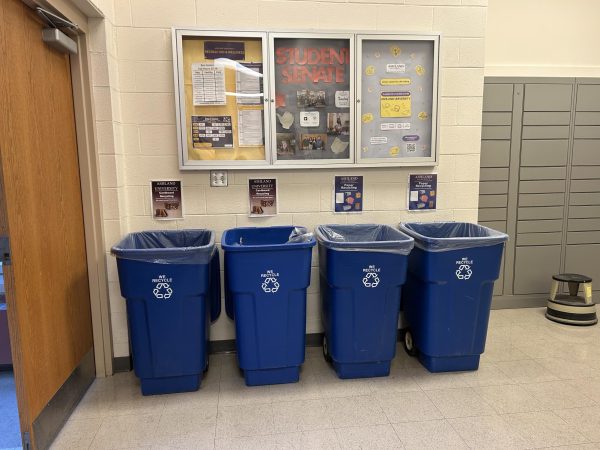Facilities find mold in all senior apartments on campus
Senior Jacob Bodnar found an unwanted guest in his apartment–mold growing on the ceiling of a utility closet.
“We checked the furnace closet after the people across the hall discovered mold after looking into a leak in their furnace,” Bodnar said.
After asking around they found another person on the third floor of their building that had mold in their apartment as well.
These apartments were far from the only cases of mold in the senior apartments.
“We found some amount of mold in all of the apartments, some worse than others,” said Rick Ewing, vice president of operations and planning.
The first case of mold of this semester was reported to facilities on Oct. 22.
Ewing explained that in all of the cases, the mold was caused by condensation from the furnace and made it worse because people rarely go in those closets.
He also mentioned that the problem is currently confined to the senior apartments due to each apartment having its own furnace.
Facilities are currently looking into ways to prevent condensation from forming in the closet.
Ewing encourages everyone on campus to check their rooms for mold and appreciates students keeping facilities updated.
To treat the mold, facilities use a “hydrogen peroxide-based treatment” that they spray and wipe down after 10 to 15 minutes with retreatment, if necessary, after 5 to 6 days.
Untreated mold can lead to health implications such as a stuffy nose, sore throat, coughing or wheezing, burning eyes or skin rash, according to the Center for Disease Control and Prevention.
On Nov. 10, a testing agency was brought in to do a test of the mold and see what further measures must be taken.
Update: preventative measures taken
As of Nov. 16, several students have reported that the mold has been eliminated from their apartments.
Ewing confirmed that facilities had cleared all of the senior apartments of mold with spot cleaning taking place in the coming weeks to prevent the mold from becoming out of control again.
Further preventative measures will include painting each closet with KILZ, a mold-resistant paint, and installing small vents in the closet to prevent condensation build-up.
Each apartment will also be provided a HEPA air purifier, which will catch mold spores in the air and prevent them from forming mold.
Air samplings from the apartments will be taken to see if the preventive measures are working according to Ewing.
This is a developing story












